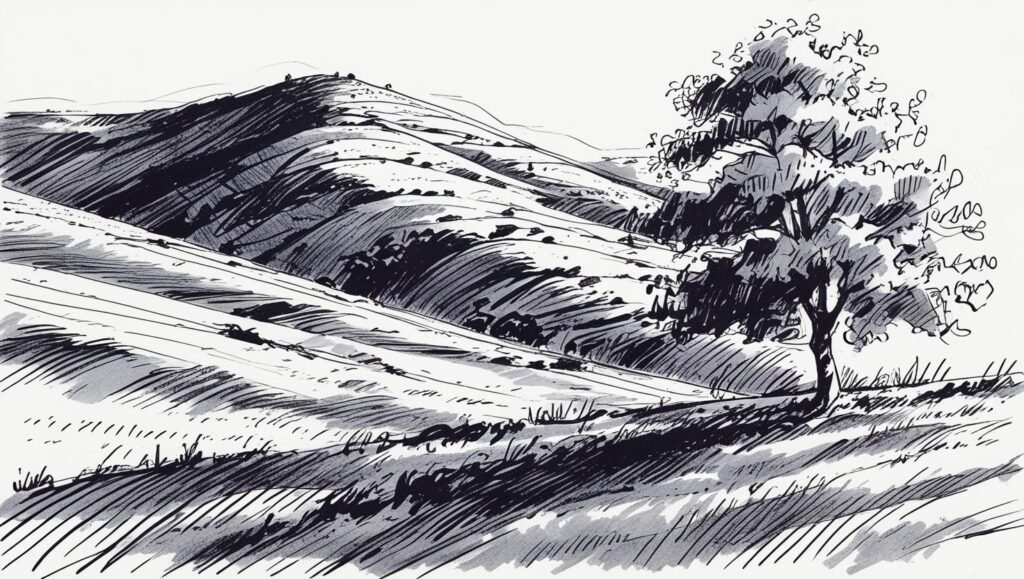
Discover how to use the landscape hatching method to create texture, depth, and atmosphere in landscape drawings. This tutorial will guide you through the essentials with clear steps, helpful tips, and suggestions for impactful images.
What Is Landscape Hatching?
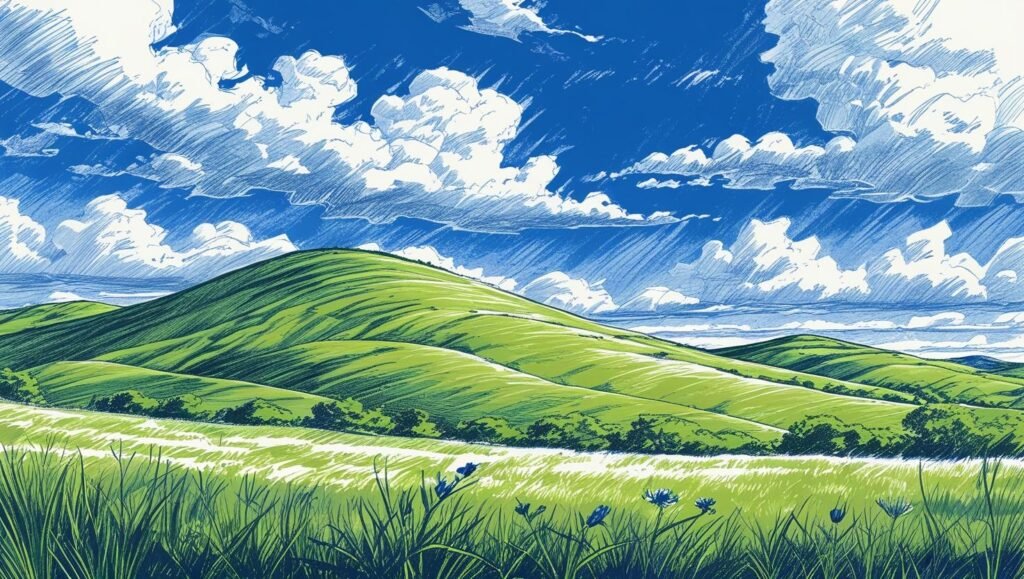
Hatching is a drawing technique using series of parallel lines to represent shade, texture, and form. In landscape art, hatching—or its variant, cross-hatching—helps convey the vastness, contours, and textures of natural scenes through line direction, density, and spacing.
Essential Hatching Techniques
1. Parallel Hatching
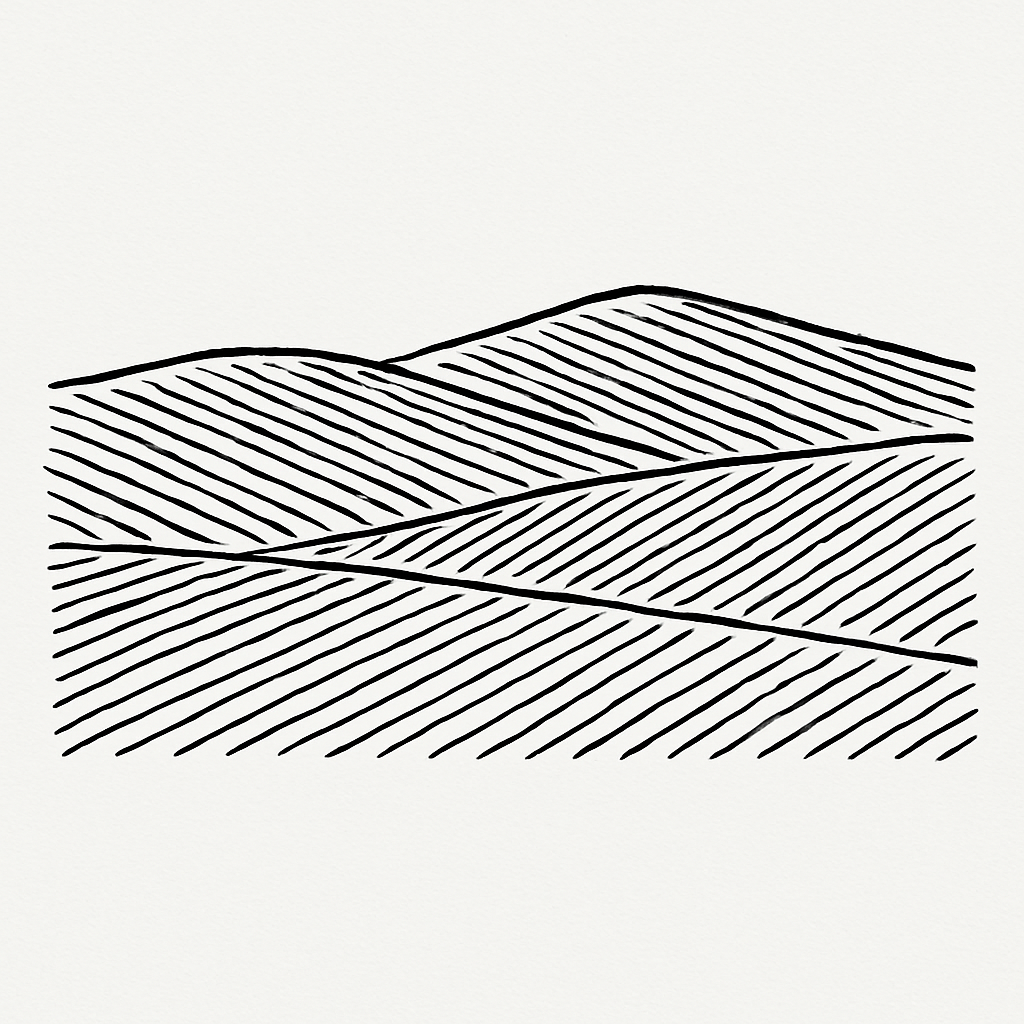
- Draw lines parallel to each other in one direction to build light and shadow.
- Vary line thickness and spacing for different values and textures. Closer and thicker lines give a darker effect.
Image suggestion: Show a simple landscape with the ground hatched horizontally, the sky with diagonal hatch lines, and a tree with vertical lines.
2. Cross-Hatching
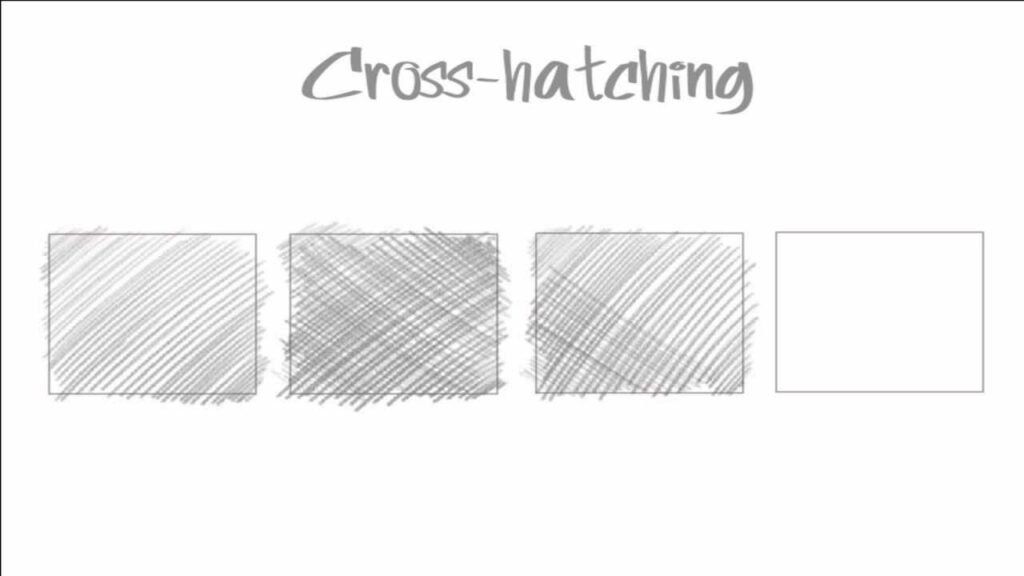
- Layer sets of parallel lines at angles (usually perpendicular or oblique) to each other.
- Builds up richer, darker tones and conveys form and shadow, suitable for rocks, trees, or dramatic skies.
- Avoid perfect right-angled crosses to prevent a “screen door” pattern. Aim for varied, natural angles.
Image suggestion: Close-up of a rock or mountain rendered with cross-hatching, showing different angles for shadow and highlights.
3. Contour Hatching
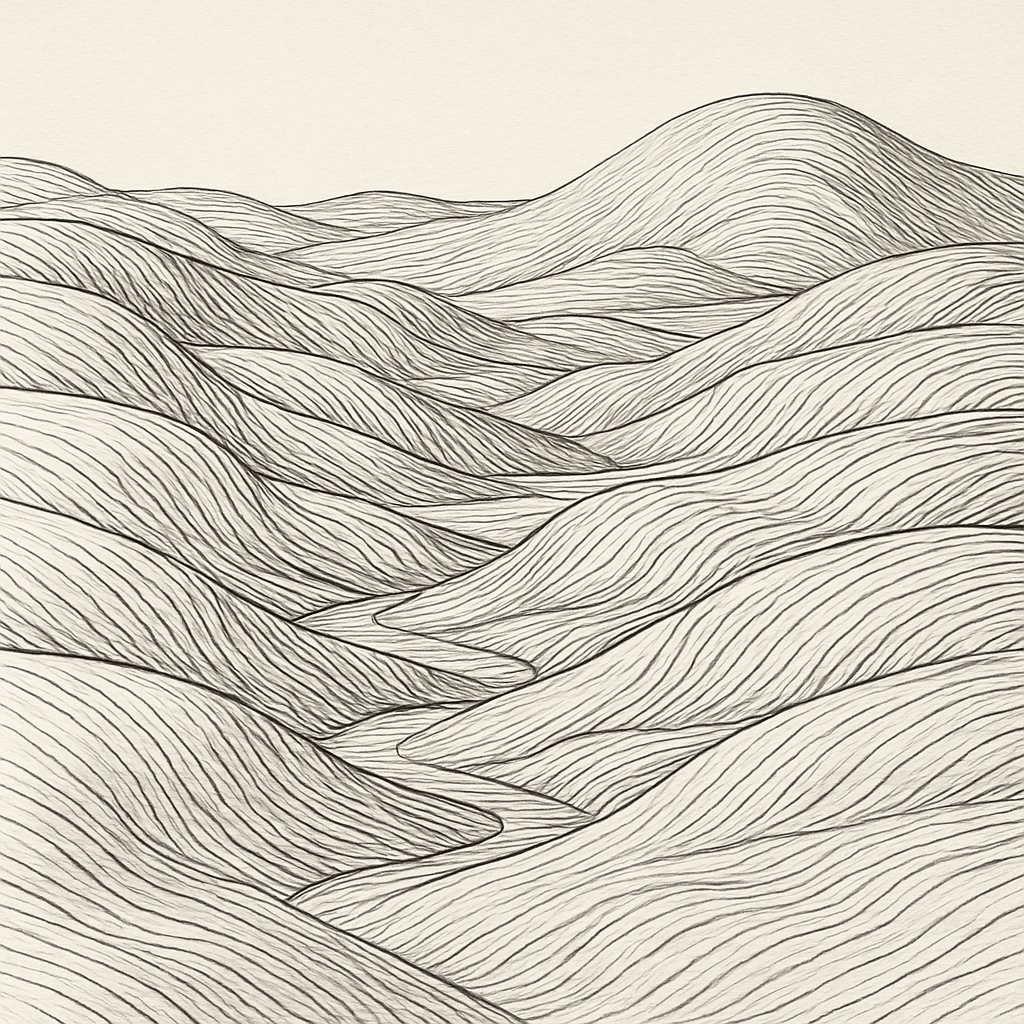
- Follow the shape or contour of the subject (e.g., hills, tree trunks) with your hatching lines.
- Emphasizes the roundness and dimensionality of forms, like the curves of a hill or rolling clouds.
Image suggestion: Section of landscape where trees are hatched following the curve of their trunks, hills with curved lines wrapping around their masses.
Step-By-Step: Applying Hatching to a Landscape
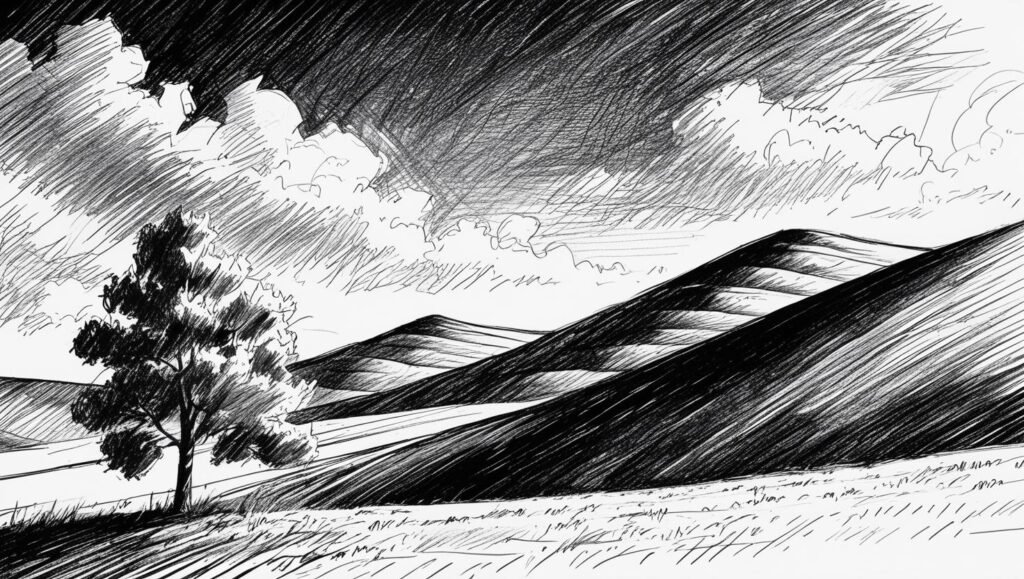
Step 1: Sketch the Outline
- Use a light pencil to sketch the basic shapes of your landscape—horizon, main landforms (mountains, river, trees).
- Tip: Mark the direction of your light source, as this will determine where the darkest hatching will go.
Image suggestion: Basic pencil outline of a landscape with arrows showing the light source.
Step 2: Identify Light and Shadow
- Observe where light hits and shadows fall.
- Use hatching to fill shadow areas and leave highlights lighter or unhatched.
Step 3: Select Your Hatching Technique
- For ground and sky, use parallel hatching with different angles to separate them visually.
- For trees and foliage, use contour hatching or short, overlapping “tick” marks for organic texture.
- For deep shadows under trees, in corners, or behind rocks, layer cross-hatching for maximum value contrast.
Step 4: Add Texture Variations
- Change line angle/density for each section (sky, mountains, trees) to make elements distinct.
- For grassy fields, use short, vertical or slightly curved hatches to mimic blades; for water, use long, horizontal hatches.
Image suggestion: Comparative samples—sky vs. ground vs. tree area—each hatched differently.
Step 5: Refine and Balance
- Soften or emphasize lines to adjust contrast.
- Add extra layers where needed for realism or drama; keep light areas open and airy.
Tips for Effective Landscape Hatching
- Use a variety of line directions and spacings to distinguish different areas (sky, land, foliage, water).
- Make practice studies of real landscapes, focusing on how hatching creates sense of depth.
- Begin light—you can always make lines darker, but erasing excess marks can be difficult.
Suggested Reference Images
- Simple landscape with hatching: Basic line drawing of a scene with clearly separated hatched areas.
- Cross-hatched mountain: Demonstrate texture and shadow with angled intersecting lines.
- Contour-hatched trees: Emphasize roundness and bark texture with curved hatching over tree trunks and foliage.
- Step-by-step build-up: Show progression from outline to partial hatching, then full hatching.
By experimenting with these methods—and developing your observation and mark-making skills—you’ll bring depth, texture, and vibrancy to any landscape drawing using the landscape hatching method.
- https://www.erikalancaster.com/art-blog/guide-to-shading-techniques-hatching-cross-hatching-scribbling-and-others
- https://blog.youtalent.com/learn-use-cross-hatching-create-texture-depth-landscape-drawings/
- https://www.craftsy.com/post/hatching-and-cross-hatching
- https://www.strathmoreartist.com/project-reader/landscape-with-hatching-shading
- https://www.youtube.com/watch?v=rKnulEK1olI
- https://johnmuirlaws.com/crosshatching-landscape/
- https://www.youtube.com/watch?v=QiSNGxH9YCY
- https://www.youtube.com/watch?v=1iyMK86oDIU
- https://www.youtube.com/watch?v=N7eOEldbfgg
- https://www.youtube.com/watch?v=GW_IuoVPD1Y
- https://www.youtube.com/watch?v=RmV5BcDpkpk
- https://www.youtube.com/watch?v=LrMrwUbLka8
